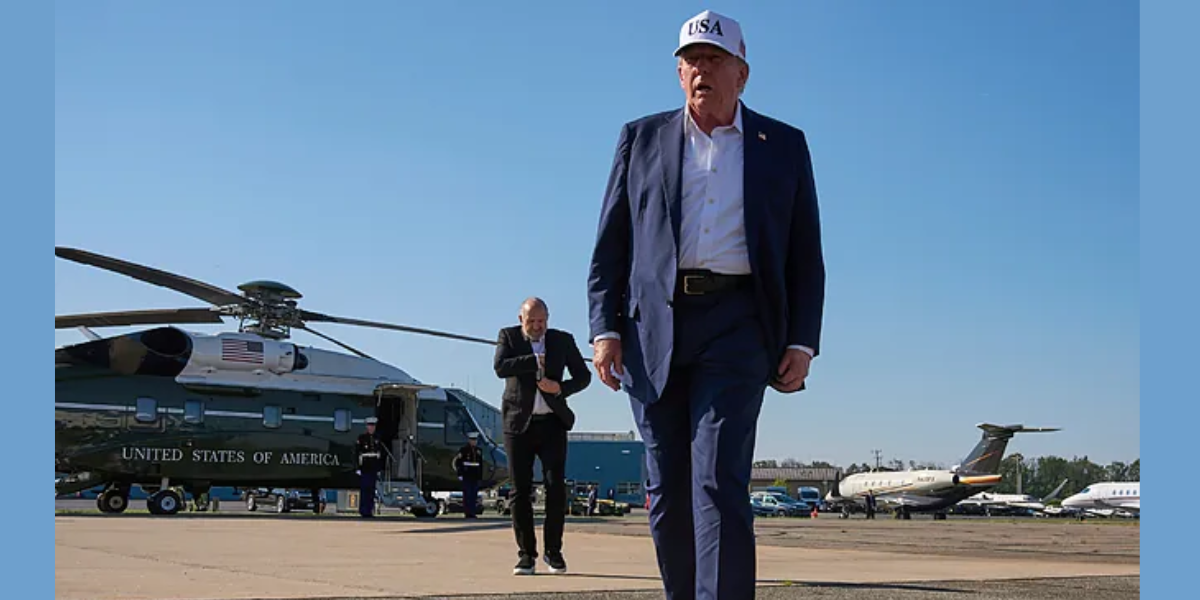Under the “One Big Beautiful Bill,” which was initially proposed by President Trump and is currently being considered by Congress, there is a provision that offers a seed investment account for newborn children that is worth $1,000 and is referred to as “Trump Accounts.”
These accounts are designed to grow savings from birth, and they are structured similarly to a standard individual retirement account (IRA). Possible additional funding for these accounts can come from parents, relatives, or even employers.
These tax-deferred investment tools provide a government deposit of $1,000 to each infant who is eligible for the program. This deposit is then placed in a diversified stock index fund.
Contributions of up to $5,000 per year can be made by parents and other individuals, which will result in compound returns that will support long-term growth.
At the White House, it is described as “a simple yet powerful way to transform lives,” with the goal of putting children on “a course for prosperity from the very beginning.”
Who qualifies for ‘Trump Accounts’?
The determination of eligibility is uncomplicated yet specific:
- Children who were born in the United States between January 1, 2025 and January 1, 2029 are included in the birth window.
- Because of their civil status, at least one of the parents or guardians must be in possession of a Social Security number that allows them to work.
- In the same way that other social program enrollments are opened automatically at birth, accounts are also opened automatically at birth unless the individual opts out.
Beneficiaries have the ability to withdraw up to half of their benefits for eligible purposes such as education or business initiatives beginning at the age of 18, up to the age of 30.
Why create a second savings vehicle?
Proponents of early financial engagement claim that it helps to cultivate habits that last a lifetime. The chief executive officers of Dell and Goldman Sachs referred to the idea as “profamily” and underlined its potential to allow future generations to interface with financial markets. Over the course of several decades, supporters believe that an initial investment, in addition to private contributions, can expand tremendously.
Detractors warn that it could exacerbate existing wealth gaps. Unlike traditional “baby bonds,” which provide a greater amount of assistance to families with low incomes, Trump Accounts are consistent.
Economists are concerned that this may encourage wealthy families to benefit more, as there will be fewer obstacles to overcome in order to give big sums.
Some individuals believe that it is unnecessary in comparison to 529 college plans, which provide a wider range of tax benefits and flexibility.
The progression of the bill reveals two distinct goals: the first is to encourage saving from an early age, and the second is to promote the accumulation of wealth throughout generations. However, organization and scope are important.
It is possible that the program will mistakenly favor those individuals who already possess financial means because it places an emphasis on wide eligibility rather than customized support.
Key eligibility requirements
It is necessary for families to fulfill the following requirements in order to be eligible for a Trump Account under the Big Beautiful Bill:
- It is required that the child be born no later than January 1, 2025, or January 1, 2029.
This pertains to all children who were born in the United States within the aforementioned period of four years.
- A valid Social Security number is required for at least one of the parents or legal guardians of the child.
Because of this criteria, it is guaranteed that at least one of the parents is authorized to work in the United States.
- Unless the user opts out, accounts are opened automatically.
The enrollment of families occurs automatically upon birth, in a manner that is analogous to the way in which children are registered for Social Security numbers.
Limits on annual contributions are in effect.
In addition to the initial deposit of $1,000 made by the government, families and other contributors who have been approved can contribute up to $5,000 annually.
The rules for withdrawal are different for each age group.
At the age of 18, children are permitted to withdraw up to fifty percent of their account balance for authorized purposes such as obtaining an education or beginning a business. At the age of 30, students are eligible for full access.


 by
by 

